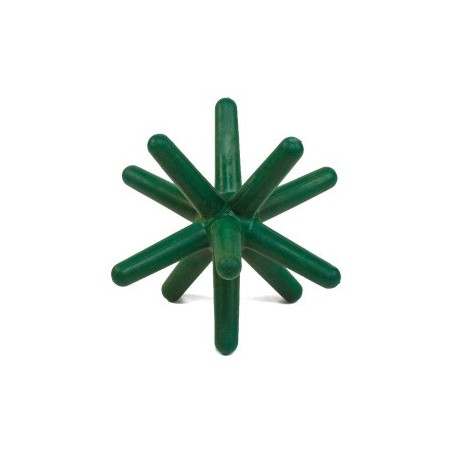A high percentage (15-20%) of gilts and first parity sows are culled due to lameness, and this premature culling is a major cause of poor welfare and inefficiency. Feeding gilts using diets for growing-finisher pigs or switch to a gestating sow diet at the end of the rearing period does not meet the nutritional requirements of developing gilts. This study investigated the effect of three dietary regimes for replacement gilts on lameness and carcass traits. Diets were: a diet specifically formulated for replacement gilts (diet 1, 14.0 MJ of DE/kg, 0.75% lysine), a finisher diet (diet 2, 13.5 MJ of DE/kg, 1.02% lysine) and a gestation sow diet (diet 3, 13.0 MJ of DE/kg, 0.69% lysine). The latter two diets are traditionally fed to replacement gilts. Thirty-six gilts were selected at day (d) 0 (70.8 kg±0.78 SE, aged ~130d), housed individually and allocated at random to 1) DEV (restricted access diet 1, n=12), 2) FIN (ad-libitum access diet 2, n=12) or 3) GES (initially ad-libitum access diet 2, then restricted access to diet 3 from d30, n=12). All gilts were fed ad-libitum from d71–83. Locomotory ability (0=normal to 5=severely impaired) and limb lesions (0=normal to 3=severe) were scored weekly until d82. Hind-claw lesions and toe unevenness were scored (0=normal to 3=severe) at d0, 40 and 82. Gilts were weighed at d0, 28, 70 and 82. Carcass traits were recorded at slaughter (d83) and one front leg was removed for dual-energy X-ray absorptiometry (DXA) to establish a real bone mineral density (aBMD). Joint surface lesions of the humeral condyle (HC; 1=normal to 4=severe, 5=osteochondrosis dissecans) and anconeal process (AP; 1=absent 2=present) were scored.
The percentage of lame animals (locomotion score ≥2) on one or more occasions were DEV=0% (0/11), FIN=73% (8/11) and GES=75% (9/12) (P<0.01). Fewer DEV gilts than FIN and GES gilts had humeral condyle lesions: DEV=64% (7/11), FIN=100% (11/11) and GES=100% (12/12) (P<0.01). DEV gilts had lower scores for humeral condyle lesions (median; IQR: 2; 2) than GES (4; 1) and FIN gilts (4; 3) (P=0.05). DEV gilts weighed less (132.5 kg±2.8) than FIN (142.9±2.0) gilts at d70 (P<0.05). DEV gilts had a lower average daily gain (ADG) than FIN (P<0.05) and GES (P<0.001) gilts at d0–28, lower energy intake than FIN and GES gilts from d0 to 28 (P<0.001) and higher energy intake than FIN gilts at d71–82 (P<0.05).

In conclusion, restricted feeding from 70 kg to ~130 kg followed by ad-libitum access until ~140 kg resulted in a reduced occurrence of lameness, more even toe size and less severe surface lesions in the elbow joint, without affecting the time taken to reach the target weight at service.
Quinn, A. J., Green, L. E., Lawlor, P. G., & Boyle, L. A., 2015. The effect of feeding a diet formulated for developing gilts between 70kg and 140kg on lameness indicators and carcass traits. Livestock Science, 174, 87-95.




